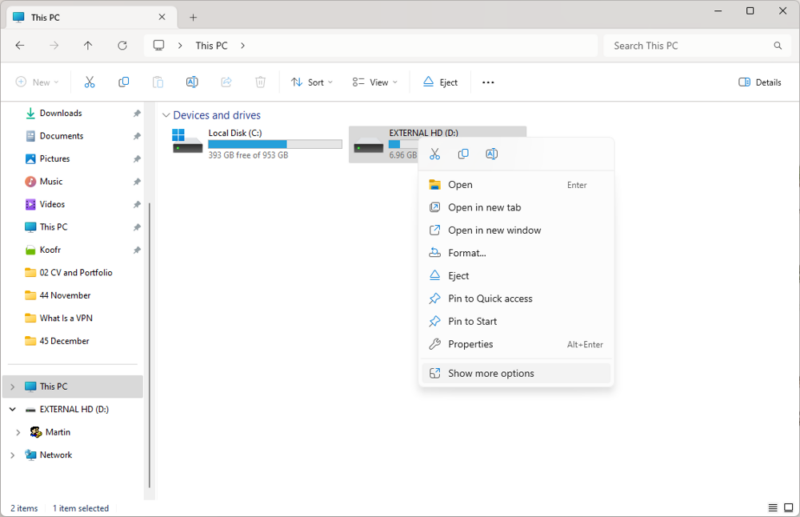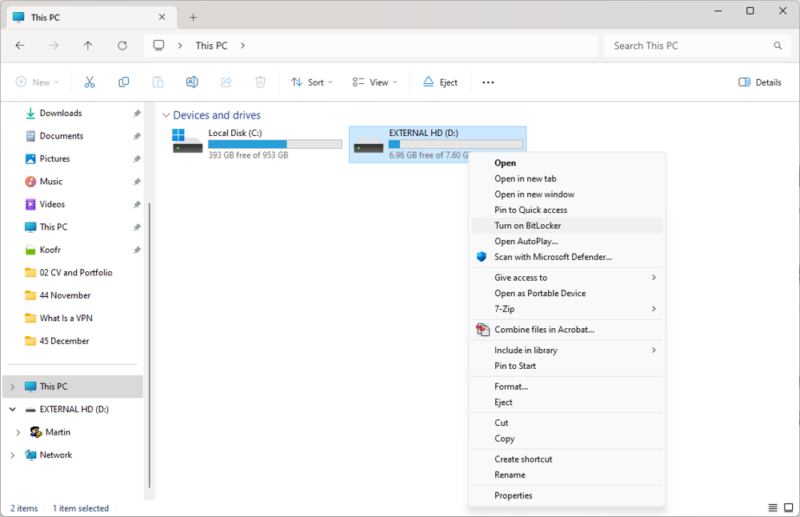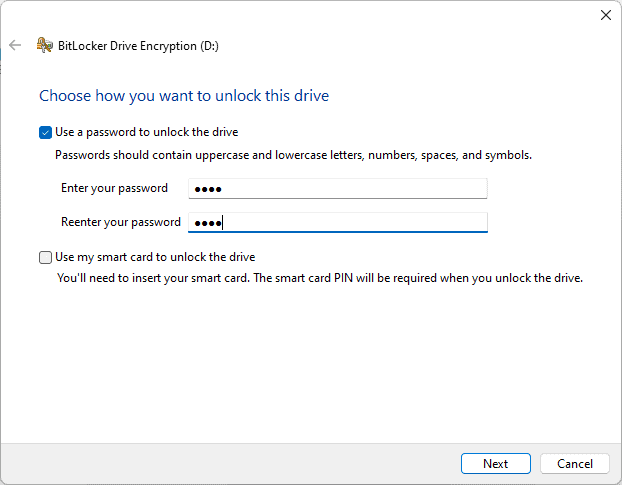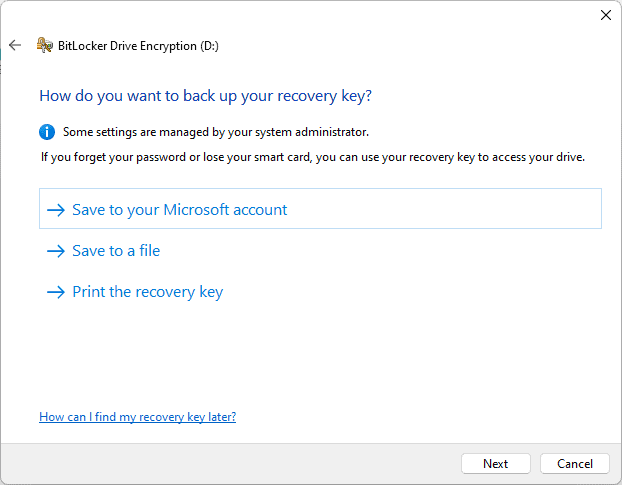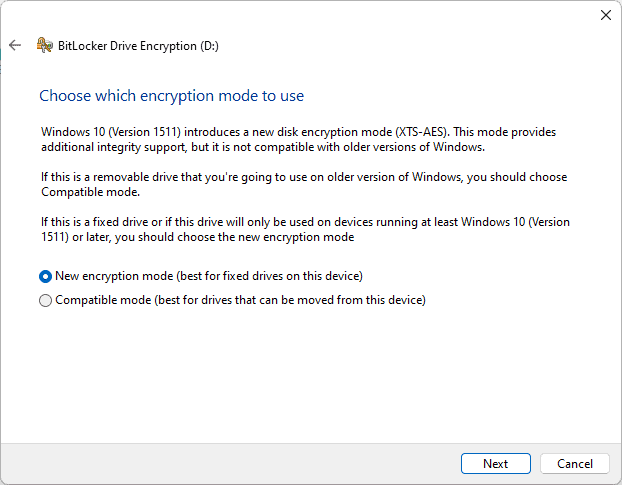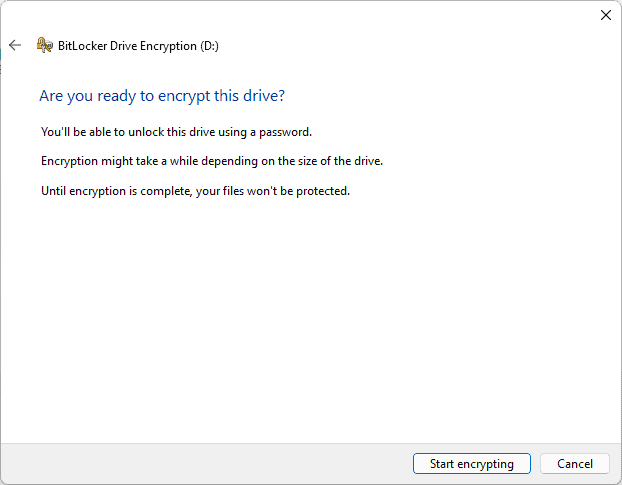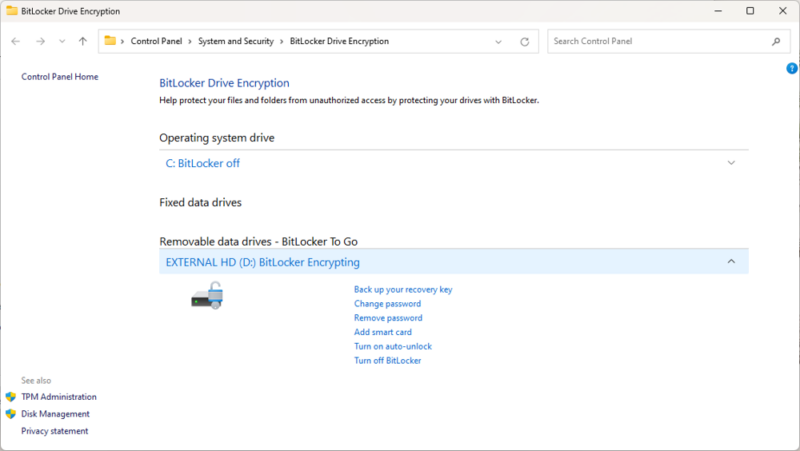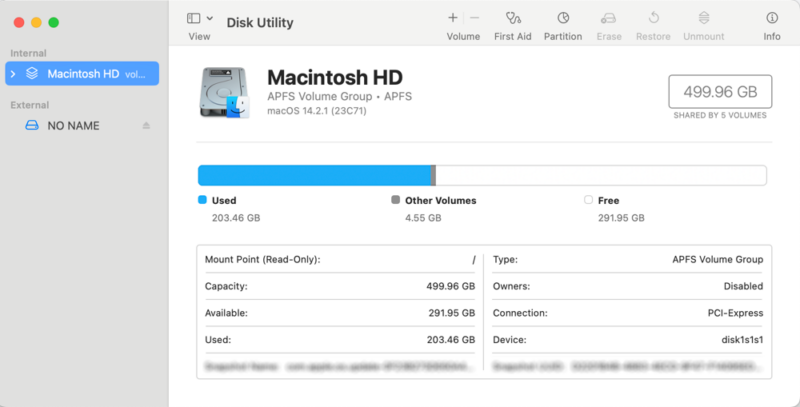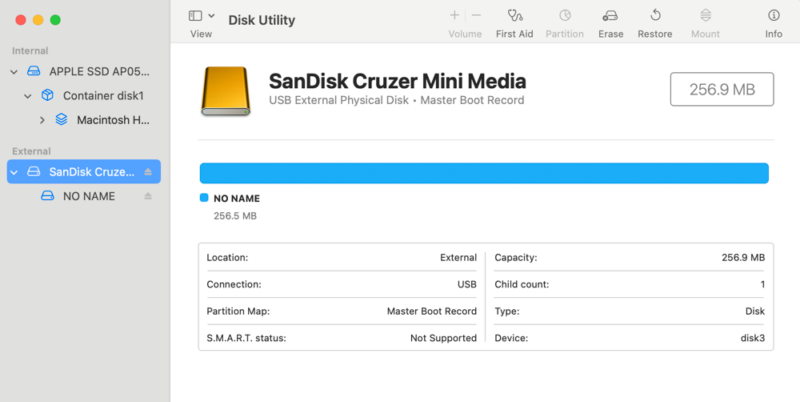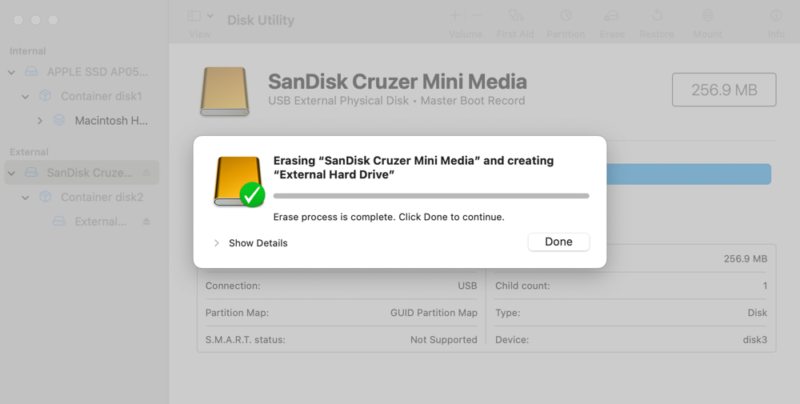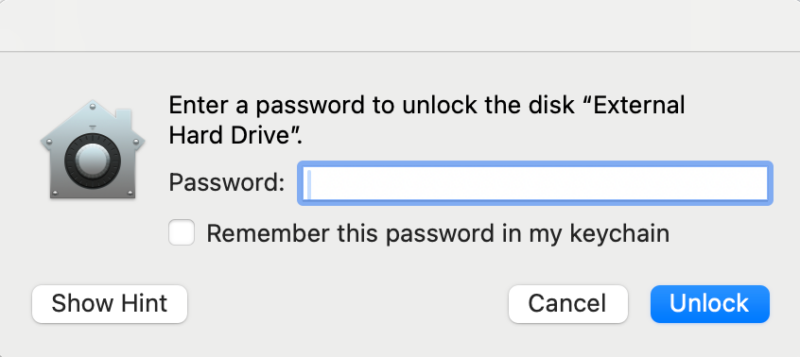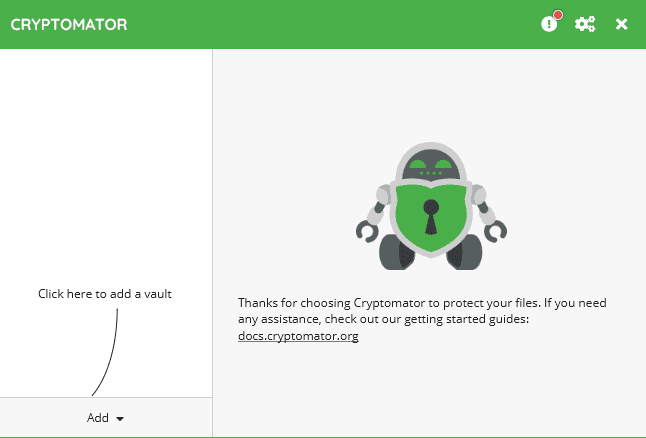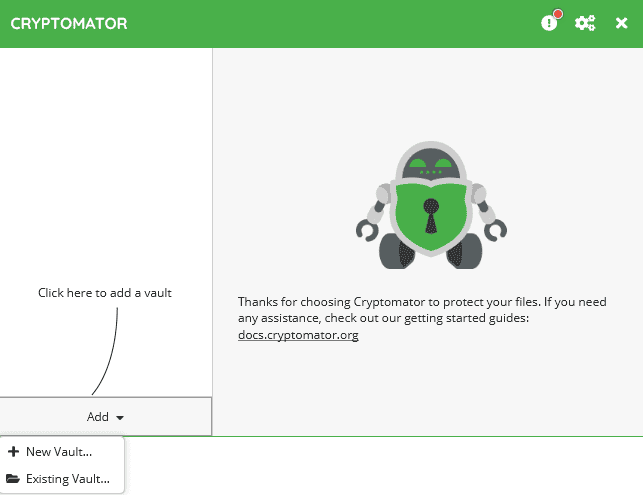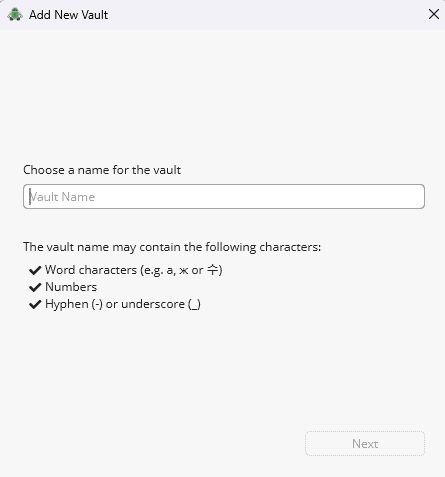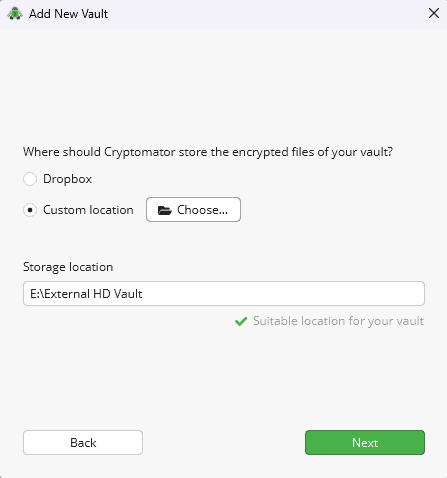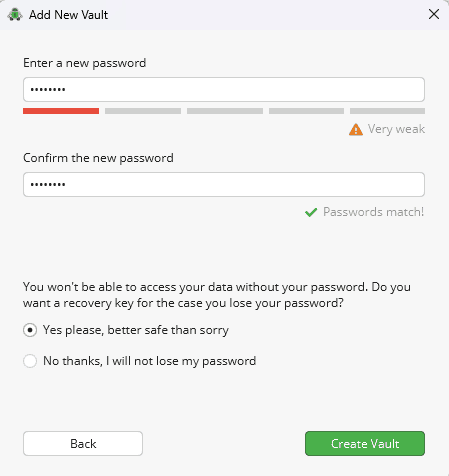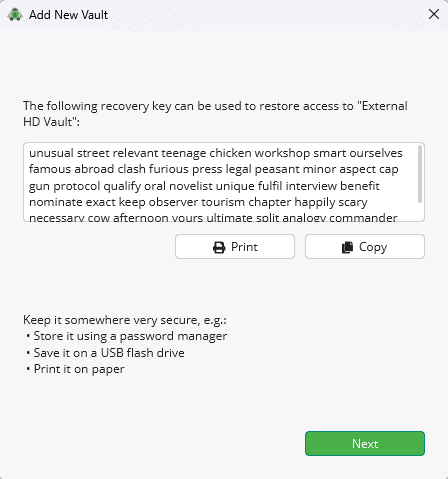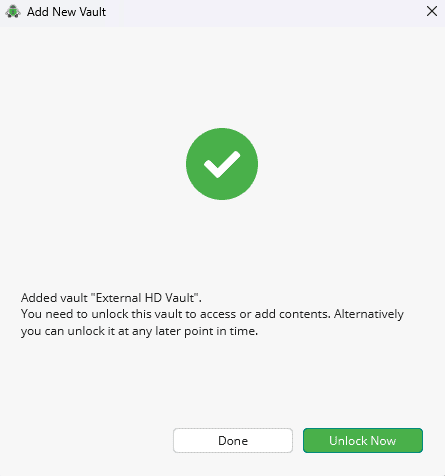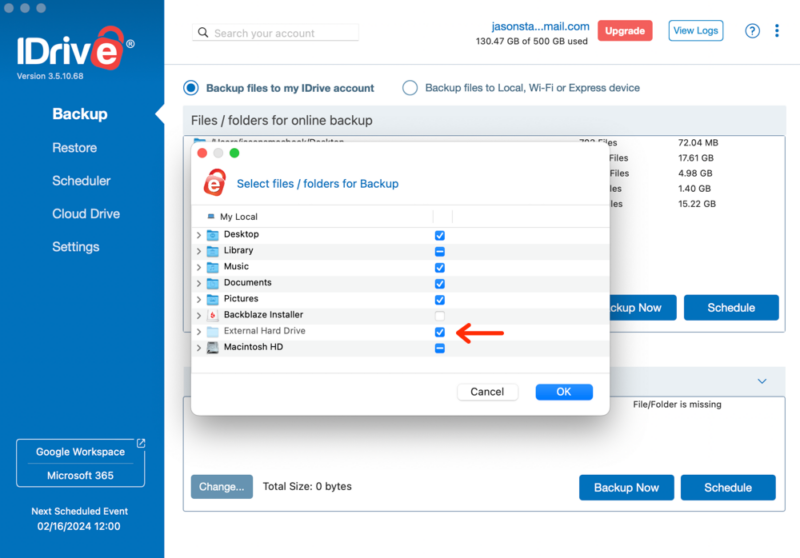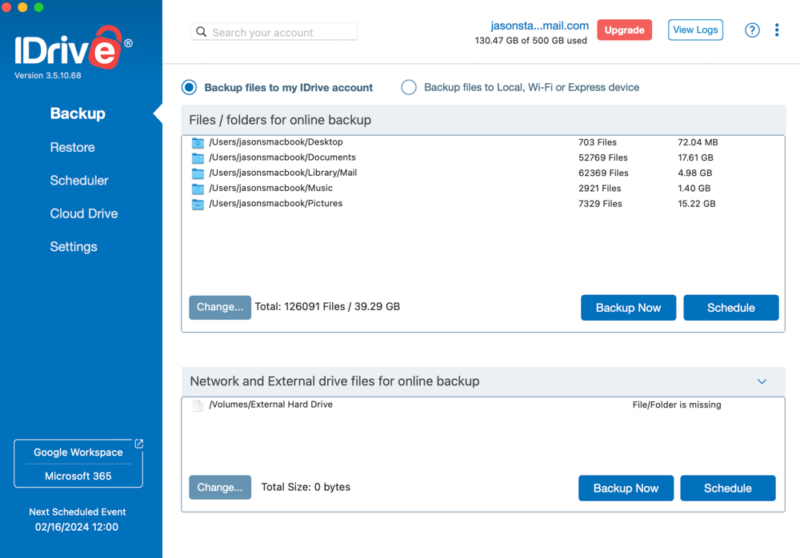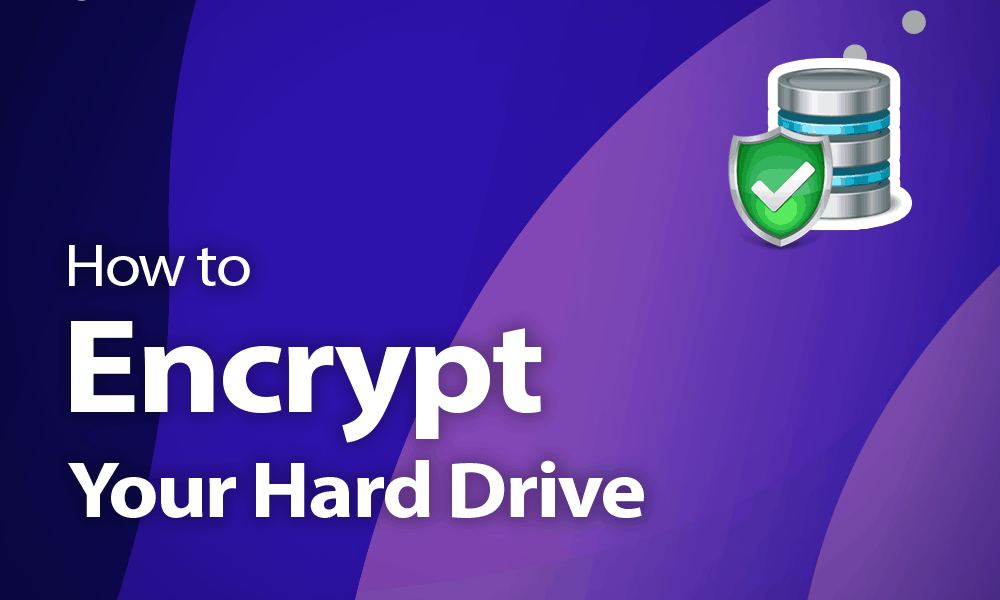
Encrypt External Hard Drive in 2024 [Windows, Mac, Linux] Search
Cloudwards.net may earn a small commission from some purchases made through our site. However, any earnings do not affect how we review services. Learn more about our editorial integrity and research process.
Why you can trust us
- 407 Cloud Software Products and Services Tested
- 3056 Annual Software Speed Tests
- 2400 plus Hours Usability Testing
Our team of experts thoroughly test each service, evaluating it for features, usability, security, value for money and more. Learn more about how we conduct our testing.
Key Takeaways: How to Encrypt an External Hard Drive
- You can use encryption software included with operating systems (OSs), like Disk Utility on Mac or BitLocker on Windows.
- Third-party disk encryption software is another way to encrypt data on your external hard drive, and there are many free options.
- Linux users can encrypt an external hard drive using dm-crypt.
Facts & Expert Analysis
- Why Encrypt Your Hard Drive: Encrypting your external hard disk keeps your data safe from unauthorized access.
- Hard Drive Vulnerabilities: Although external hard drives aren’t typically connected to the internet, they are still vulnerable to cybercrime.
- Hard Drive Encryption Options: Built-in encryption software, third-party apps or an online backup service are all viable options for encrypting data.
Encrypting an external drive ensures the highest level of data protection. There are several ways to encrypt an external hard drive, with built-in software or third-party apps being the most prominent. This guide will cover the most accessible ways and teach you how to encrypt external hard drives.
Similar to hard drives, online backup or cloud storage, ensuring your external hard drive is encrypted keeps your data safe from unauthorized users or accidental leaks. Fortunately, the most common methods to enable encryption won’t cost you any money. Read on to learn how to protect your data regardless of your operating system.
Meet the experts
Learn more about our editorial team and our research process.
How the Encryption Process Works
The encryption process works by using a mathematical algorithm to scramble your data, preventing unauthorized access. Only a password of your choosing can decrypt it. Most OSs have built-in encryption software, making it easy to encrypt your hard drive. However, if you want something stronger, you can opt for third-party encryption software.
As you will see in the following sections, you will need a password to decrypt the hard drive before accessing its contents. However, if you lose or forget your password or misplace your recovery passkey, you will lose access to your data.
With full disk encryption, your data will remain private should the unexpected happen and someone unauthorized tries to access your content. Your data will remain protected against anyone who does not have the password to decrypt the external hard drive.
How to Encrypt an External Hard Drive on Windows Using BitLocker
BitLocker is the best way to encrypt external hard drives on a Windows file system. However, to do so, you’ll need a Windows Pro account. If you don’t have one, don’t worry; you can use third-party encryption software, which we will cover below. If you do have access to BitLocker, follow this process:
- Open “This PC”
From File Explorer, open “this PC” and find the external drive you want to encrypt. If you don’t see it, make sure it’s connected.

- Turn on BitLocker
Right-click on the external hard drive. You should see a “turn on BitLocker” option. Select “show more options” from the menu if you don’t.

- Choose a Password
As you follow the prompts from the install wizard, you’ll need to choose a password. You can select this option if you have access to a smart card reader.

- Backup Recovery Key
Choose how you want to back up your recovery key. The recovery key is essential if you forget your password.

- Choose an Encryption Mode
You can choose “new encryption mode” or ” compatible encryption mode.” Select the best option for your needs. Compatible encryption mode is best for removable devices.

- Encrypt the External Hard Drive
When you’re ready, encrypt the external drive by clicking “start encrypting.” When finished, you’ll have an encrypted volume, and you will need the password the next time you access it.

- Manage the Encryption
If you want to change your password or turn off BitLocker, right-click on the external hard drive from the “this PC” menu and select “manage BitLocker.” You’ll see several options on the page.

How to Encrypt an External Hard Drive on Mac With Disk Utility
Mac operating systems come with the Disk Utility application. You can use it to encrypt external hard drives in a few short steps. Macs also have the FileVault app, which encrypts your hard drive. It does not work for encrypting external hard drives.
To encrypt an external hard drive, you will need to erase it. If you have data you don’t want to lose, transfer it off of your external hard drive first.
- Open Disk Utility
From the Launchpad or Finder, open the Disk Utility app.

- Access the External Hard Drive
Locate the external hard drive you want to encrypt. If you don’t see your external hard drive after you connect it, go to “view” and “show all devices.”

- Erase the External Hard Drive
Click on the “erase” icon in the menu bar. Rename the disk. Choose the GUID partition map from the “scheme” dropdown menu. From the “format” dropdown menu, choose the encrypted data type you want to use. When prompted, enter your chosen password.
Click the “erase” button.

- Verify the Encryption
You’ll see the newly formatted external drive and the word “encrypted” next to it. Remove the device from your Mac and connect it again. You should see a prompt asking for a password to access the drive.

How to Encrypt an External Drive With a Third-Party Encryption App
Many third-party encryption apps exist, including those we feel are the best encryption software available. One such option is Cryptomator. Once you download and install the app, you can encrypt your external drive in a few short steps.
- Start Cyptomator
After downloading and installing, find the app and open it. You should see a window asking if you want to add a vault.

- Add a Vault
You can choose to add a new vault or work with an existing one. For the purposes of this guide, select “new vault.”

- Name the Vault
The next step is to name your new vault. When ready, select “next.”

- Choose the Location
You can choose where the new vault will be located. Select “custom location” to find and choose the external drive.

- Choose a Password
Enter a strong password that you won’t forget. To adhere to best practice, enable a recovery key.

- Recovery Key
If you enable a recovery key, you will see a screen displaying it. Print or copy it.

- Create
Clicking “next” on the previous screen creates the new vault. You will see a “success” screen when the process is done. Click “done” to close the window or “unlock now” to access the vault on your external hard drive.

The Best Hard Drive Encryption Software: Cryptomator
Cryptomator is a free, open-source encryption app that works with Mac and Windows computers. It’s effortless to use, with clear instructions while using the app and a fully supported document library if you need help. Above all, it has excellent security, as you’d expect from an encryption software product.
Cryptomator has few features, with the main interface for creating and managing existing vaults providing the bulk of the experience. Cryptomator doesn’t limit the number of devices or file size, making it a flexible option to encrypt multiple items. It has zero-knowledge encryption, and only the provided recovery key will help if you lose your password. Find out more in our Cryptomator review.
How to Encrypt a USB Drive (All Operating Systems)
You can encrypt a USB flash drive following the same steps as above, depending on what you use to encrypt it. You can use Disk Utility on Mac, BitLocker on Windows or a third-party encryption software like VeraCrypt. The process of encrypting a USB is identical to that of an external drive.
How to Create an Encrypted Cloud Backup
Another option with some providers is to use a cloud backup to encrypt your external drive. IDrive is a cloud backup service that can accomplish this task. When connected to your computer, IDrive will recognize the external drive and allow you to select it for backup.
By default, IDrive does not have private encryption. However, when you first create an account, you have the option to enable private encryption. Doing so ensures the highest level of privacy for your data. Anything you back up to your private encryption-enabled IDrive account will have the same level of protection.
If you don’t have a zero-knowledge IDrive account, you can still encrypt your external hard drive using the previous processes and use IDrive to back up its contents. The following steps assume you have an IDrive account. If not, you can sign up for free and download the desktop app for your operating system.
- Open IDrive
Open the IDrive app for Windows or Mac. Connect your external drive to your computer. You will see it available for backup in the IDrive app.

- Backup the External Hard Drive
If you haven’t already, select the external hard drive and choose “backup now” to back up all the data on the external drive.

The Best Cloud Backup for External Hard Drives: IDrive
IDrive is our pick for the best online backup service. It has many features to manage your backups, including cloud storage functionality like file sharing. An IDrive account has separate storage space for your backups and your cloud storage drive folder. Additionally, you can back up multiple devices to one account.
IDrive has an excellent desktop app for Mac and Windows, with several tabs to manage your account. One tab includes robust scheduling tools, while another lets you restore data from a previous backup. The mobile app for iOS and Android devices contains tools to upload your images automatically. We have more details in our IDrive review.
Final Thoughts
Encrypting your external drive is the best way to protect your data. Depending on your operating system, you can use built-in encryption software like Disk Utility on Mac or BitLocker on Windows. Another option is to use third-party disk encryption software such as Cryptomator. No matter which method you choose, you can rest easy knowing your data is secure.
Do you encrypt your external drive? Have you used any of these methods to encrypt an external hard drive? Are there other ways to encrypt an external hard drive that we missed? Let us know in the comments section below. Thanks for reading our article.
FAQ: Encrypt External Hard Drive
-
Yes, it is recommended that you encrypt external hard drives. They may not be connected to the internet, but that doesn’t mean your data isn’t vulnerable if left unencrypted.
-
You should encrypt all the files on an external hard drive. However, if you have to choose, encrypting the ones that contain personal, confidential or sensitive data is essential.
-
Encryption software that comes with an operating system, such as BitLocker on Windows or Disk Utility on Mac, are excellent tools for creating an encrypted volume. Third-party encryption software such as Cryptomator is also a great option.
-
Using Disk Utility on a Mac doesn’t involve any additional fees. BitLocker requires a Windows Pro account. Third-party encryption software like Cryptomator or VeraCrypt is free.
Yes, it is recommended that you encrypt external hard drives. They may not be connected to the internet, but that doesnu2019t mean your data isnu2019t vulnerable if left unencrypted.n”}},{“@type”:”Question”,”name”:”What Kind of Files Should I Encrypt on an External Hard Drive?”,”acceptedAnswer”:{“@type”:”Answer”,”text”:”
You should encrypt all the files on an external hard drive. However, if you have to choose, encrypting the ones that contain personal, confidential or sensitive data is essential.n”}},{“@type”:”Question”,”name”:”What Is the Best Encryption for External Drives?”,”acceptedAnswer”:{“@type”:”Answer”,”text”:”
Encryption software that comes with an operating system, such as BitLocker on Windows or Disk Utility on Mac, are excellent tools for creating an encrypted volume. Third-party encryption software such as Cryptomator is also a great option.n”}},{“@type”:”Question”,”name”:”How Can I Encrypt My External Hard Drive for Free?”,”acceptedAnswer”:{“@type”:”Answer”,”text”:”
Using Disk Utility on a Mac doesnu2019t involve any additional fees. BitLocker requires a Windows Pro account. Third-party encryption software like Cryptomator or VeraCrypt is free.n”}}]}]]>
Let us know if you liked the post. That’s the only way we can improve.
Also interesting
Last published on Cloudwards:
Valentina loves to play with words for a living. As an editor, translator, and copywriter, she has worked with texts in various fields, including tech, architecture, psychology, philosophy, and personal development. When she’s off the clock, she enjoys traveling to places new and old, going to concerts and festivals, cooking with friends, and dancing like no one’s watching. Jasna earned her BA in translation and interpreting back in 2011. After working in the IT industry for many years as a content analyst, she took a course in web development in 2017 to learn the basics of front-end engineering. Her love for technology and writing opened a new chapter in her career, leading her to join Cloudwards as a fact-checker. When she’s not fact-checking, you’ll find her running or cycling on the quay of Vardar, listening to Joy Division, watching Star Wars, or eating chocolate and sweets in the local bakeries.
Source

